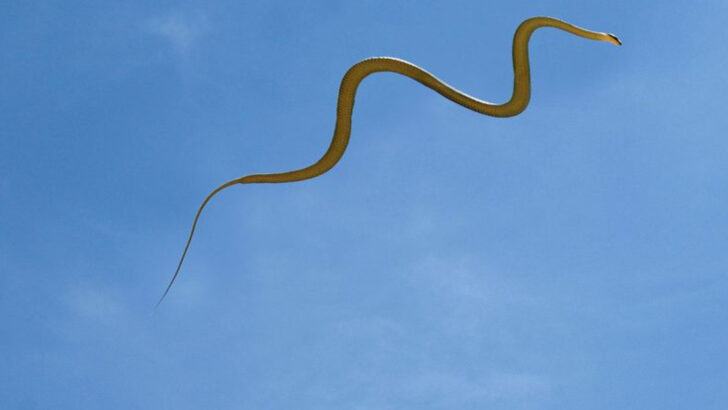Flying snakes, scientifically known as Chrysopelea, are a fascinating group of reptiles capable of gliding from tree to tree.
Found primarily in Southeast Asia, these snakes have intrigued scientists and nature enthusiasts alike.
Their unique locomotion and adaptability have made them a subject of study and admiration.
This blog post uncovers ten mind-blowing facts about these extraordinary creatures, shedding light on their surprising abilities, habitats, and more.
The Physics of Gliding
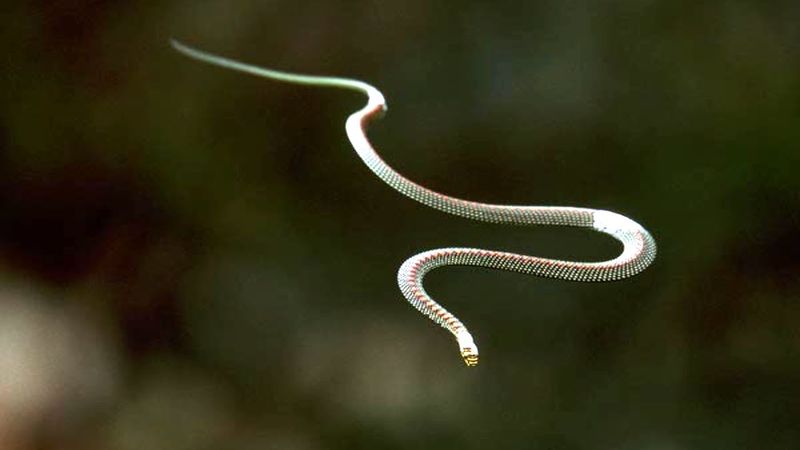
With a physics-defying leap, flying snakes glide effortlessly through the air. Unlike birds, they don’t flap wings but instead flatten their bodies to catch the air. Their unique undulating motion helps them steer and control the glide.
By adjusting the angle of their bodies, they achieve remarkable distances. This gliding ability allows them to travel between trees with precision.
Scientists are captivated by how these snakes manage stability and direction mid-air, making them subjects of aerodynamics studies. It’s a testament to evolution’s ingenuity, where survival meets physics.
Species Diversity
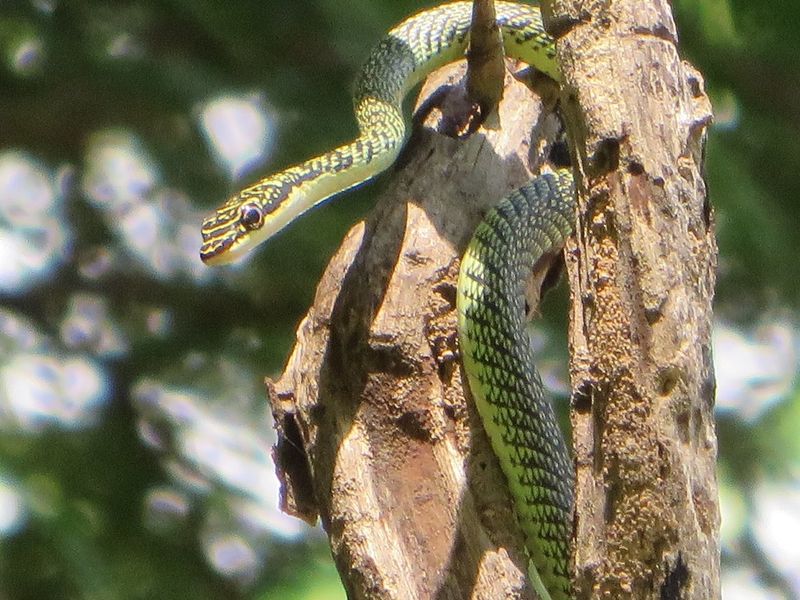
Among the flying snakes, there are five distinct species, each with its own unique colors and patterns. From the vibrant hues of the Paradise tree snake to the more subdued tones of the Golden tree snake, diversity is key.
These species inhabit different regions across Southeast Asia, adapting to various ecological niches. The diversity in colors not only aids in camouflage but also plays a role in mating displays.
The variety ensures that there’s always something new to learn about these enigmatic reptiles. Nature’s palette is broad and beautiful, reflecting evolutionary brilliance.
Habitat and Range
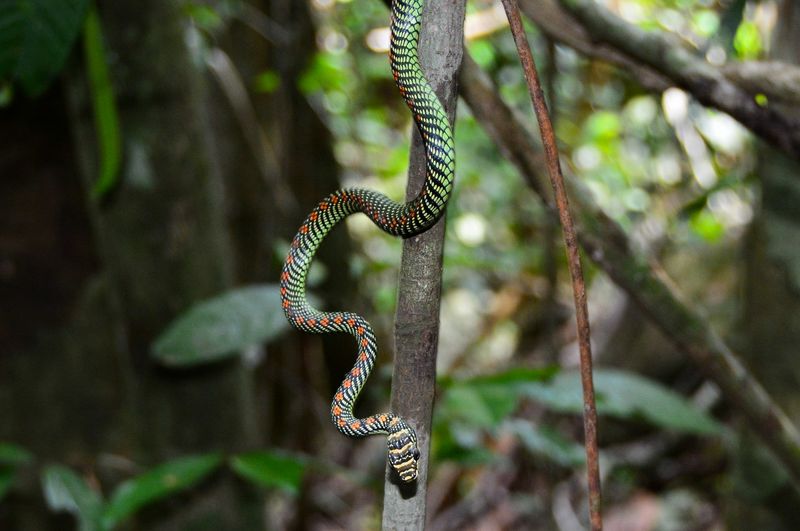
Deep within the tropical rainforests of Southeast Asia, flying snakes find their home. These lush environments provide ample opportunities for gliding, thanks to the dense tree canopy.
From the forests of Indonesia to the woodlands of southern Thailand, these snakes have adapted to life in diverse terrains. Their ability to glide helps them navigate the forest’s vertical complexity.
Researchers are fascinated by how these habitats influence their behavior and evolution. The rainforest is not just a backdrop, but a dynamic stage for nature’s aerial acrobats.
Diet and Hunting Techniques
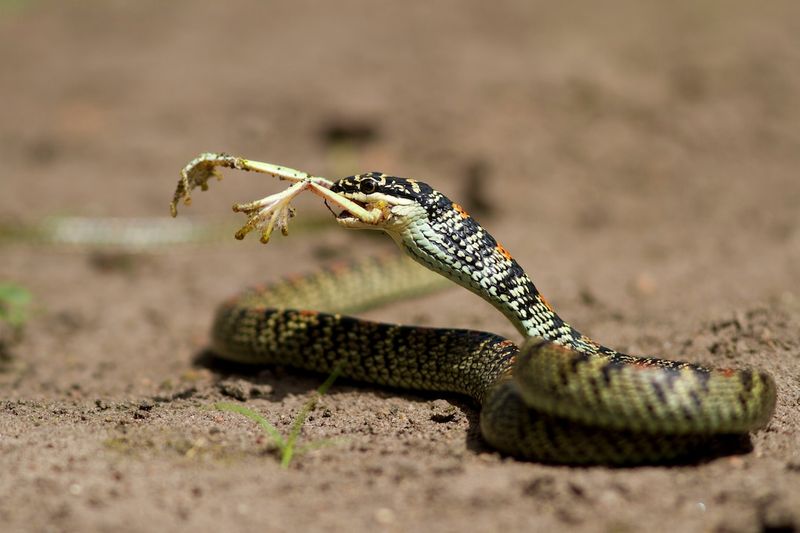
Stealthy and agile, flying snakes are adept hunters. Their diet mainly consists of lizards, birds, and small mammals. By gliding silently, they can approach prey without being detected.
Once in range, these snakes strike with impressive speed and accuracy. Their ability to glide aids in both hunting and escaping predators.
Observing their hunting techniques offers insights into their survival strategies. It’s a predator’s dance, where every move counts and nature’s balance is maintained.
Reproduction and Life Cycle
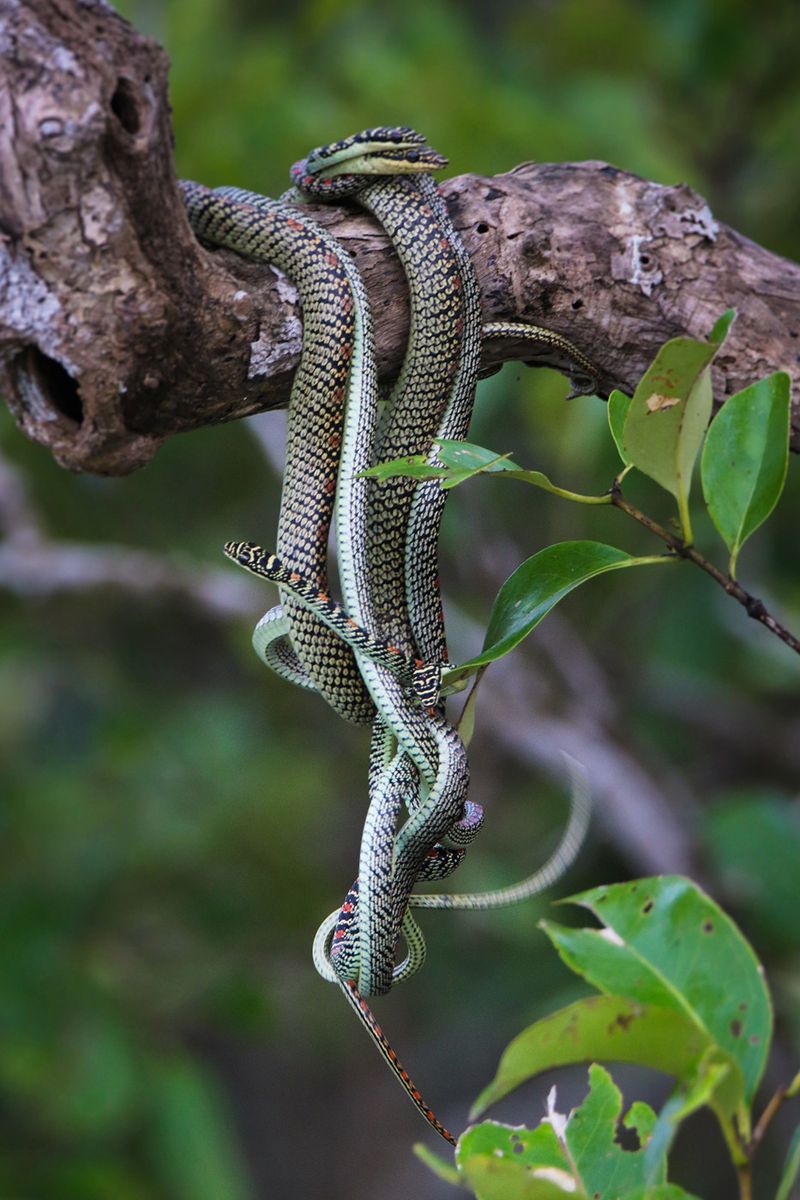
The circle of life for flying snakes begins with a delicate dance. Mating rituals often involve intricate displays and behaviors. These snakes lay eggs, which the female carefully conceals within the forest floor.
Once hatched, the young are independent, already equipped with the skills needed to climb and glide. Their life cycle is a marvel of nature’s planning, ensuring the continuation of the species.
Understanding their reproduction offers a glimpse into the complexities of their existence. The forest nurtures them, providing the perfect nursery.
Anatomy and Adaptations
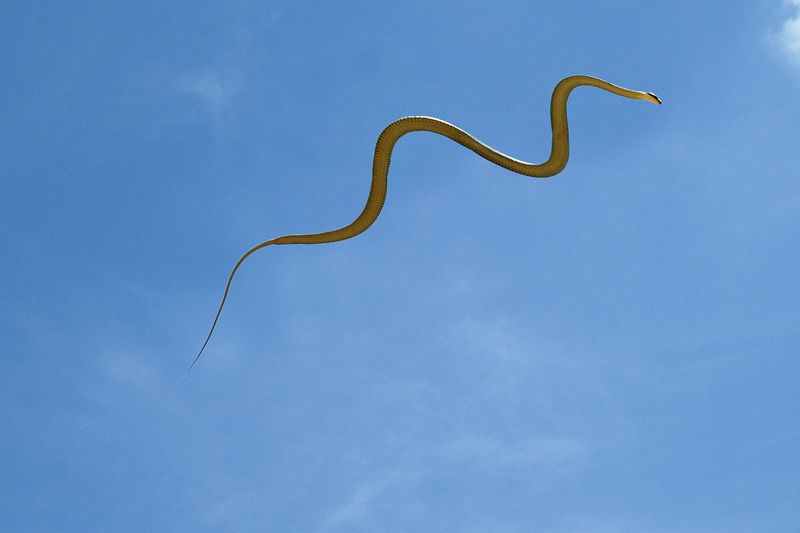
With a body built for flight, flying snakes possess unique anatomical features. Their ribs can expand, allowing them to flatten their bodies and create a parachute-like shape.
This adaptation is crucial for gliding. The scales provide grip, aiding in climbing trees and launching into the air.
Every anatomical detail serves a purpose, from their large eyes for spotting prey to the strong muscles for propelling forward. It’s a masterpiece of evolutionary design, where every element harmonizes for survival.
Cultural Significance
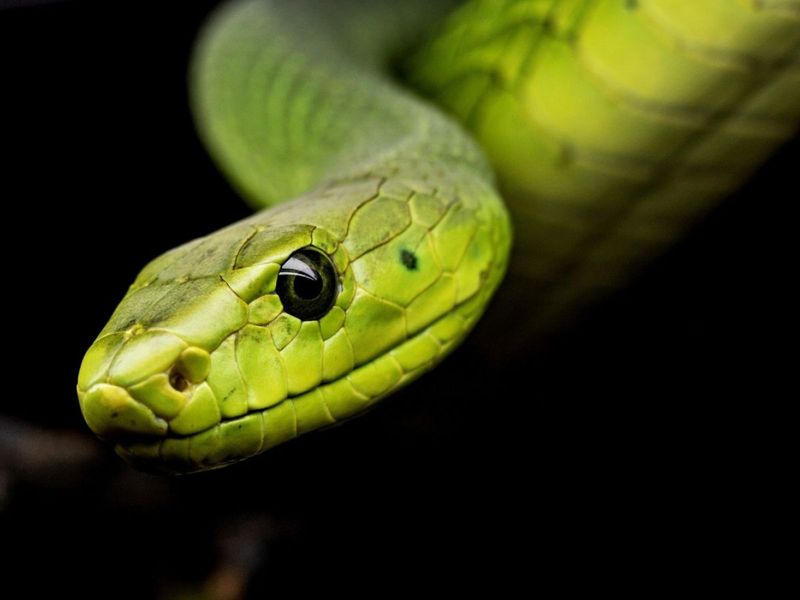
Across Southeast Asia, flying snakes hold cultural and mythological significance. Often seen as symbols of transformation and agility, they appear in local folklore and traditional art.
In some cultures, they are revered for their mysterious abilities, symbolizing freedom and adaptability. These snakes inspire tales of wonder, linking human imagination with nature’s marvels.
The cultural narratives surrounding them are as diverse as the species themselves. Exploring these stories offers a deeper understanding of how humans relate to the natural world.
Research and Technological Inspiration
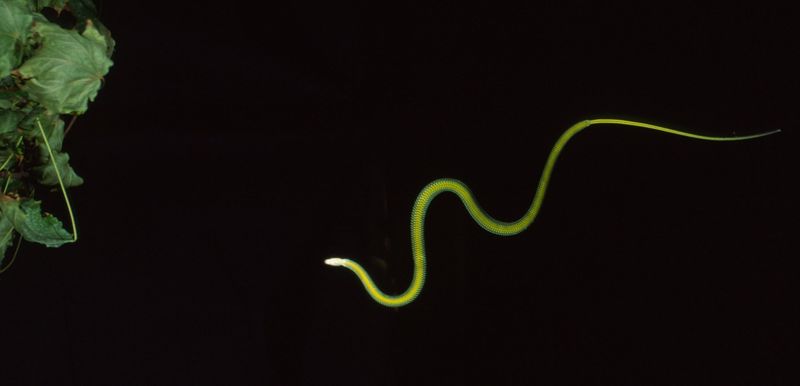
Biologists and engineers alike find flying snakes intriguing. Their gliding mechanics inspire advancements in robotics and drone technology.
By studying their movement, researchers gain insights into efficient aerial locomotion. These snakes serve as models for developing new technologies that mimic biological systems.
The intersection of biology and technology sparks innovation, where nature’s principles guide human creativity. It’s a collaboration between nature and science, unlocking new potential.
Conservation Status
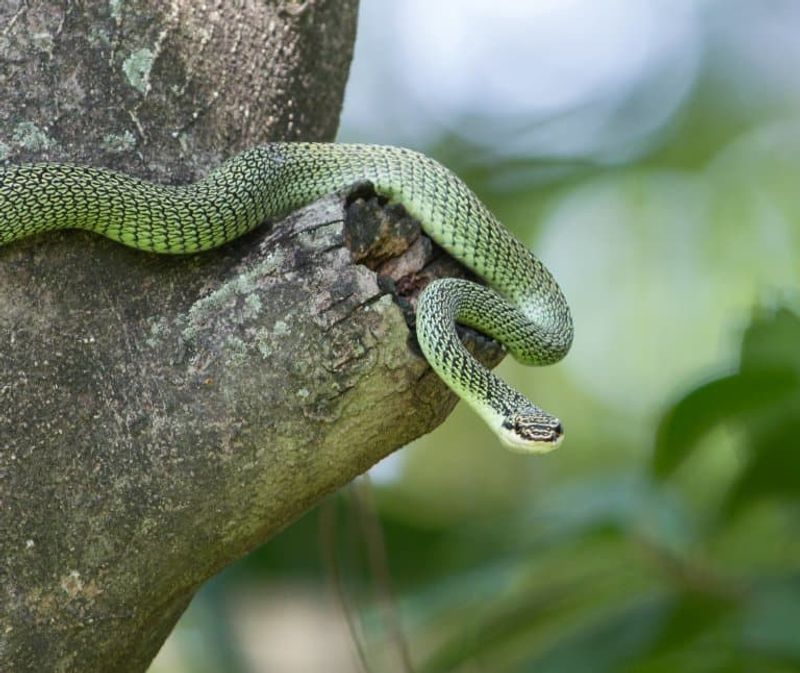
As habitats shrink, flying snakes face new challenges. Deforestation and environmental changes threaten their survival.
Conservation efforts focus on protecting their natural habitats and understanding their ecological roles. By preserving the forests, we safeguard these remarkable creatures for future generations.
These efforts highlight the importance of biodiversity and the delicate balance of ecosystems. Conservation is a commitment to sustaining the natural wonders of our world.
Fun Fact: Name Misconception
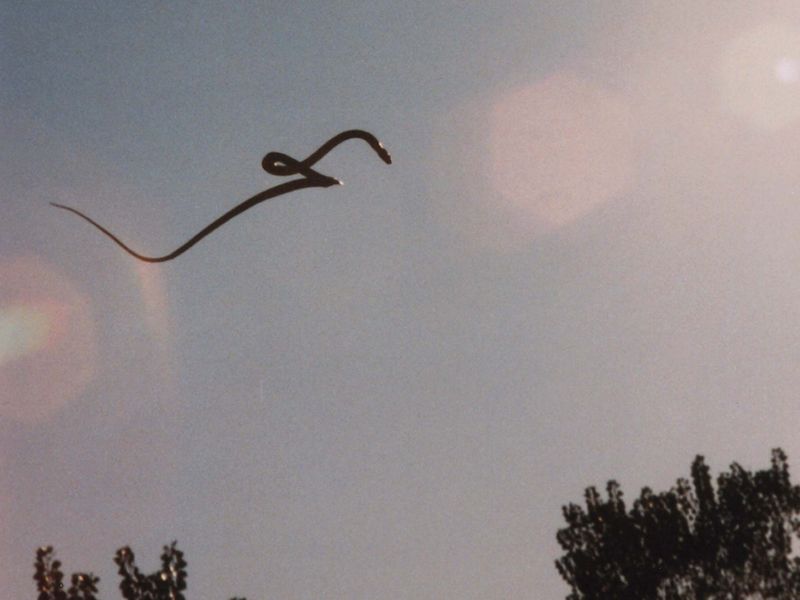
Despite their name, flying snakes don’t truly fly. They glide, using their bodies to navigate the air with precision.
This misconception stems from their impressive gliding skills, which appear like flight to the untrained eye. Their ability to cover distances is remarkable, but it’s all about controlled descent.
It’s a fun reminder of how names can sometimes mislead, yet add to the mystique of these fascinating reptiles. The marvel is in the details, where nature surprises with ingenuity.

